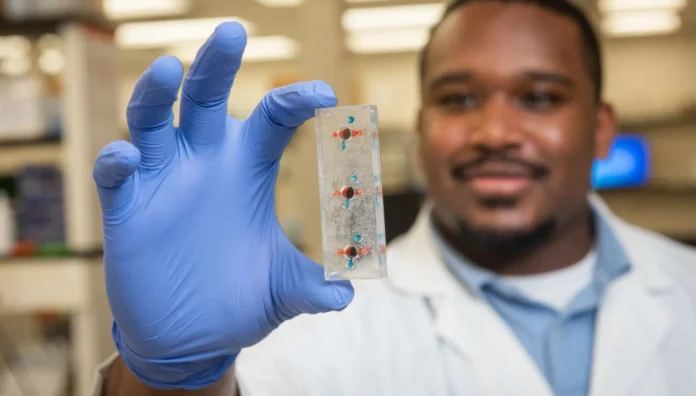Laboratory incubators have long been essential tools in scientific research, providing a controlled environment for various biological experiments and cell cultures. Over the years, significant advancements have been made in incubator technology, revolutionizing research capabilities and enabling breakthrough discoveries. And this article will explore the latest advances in this laboratory equipment and their impact on scientific research.
Enhanced Temperature Control and Uniformity
Temperature control is critical in maintaining optimal conditions for cell growth and experimentation. Recent advances in incubation equipment have led to precise temperature control with minimal fluctuations. Cutting-edge models incorporate advanced heating and cooling systems, sensors, and feedback mechanisms, ensuring highly accurate temperature regulation. Furthermore, they offer superior uniformity across the entire chamber, eliminating temperature variations that can compromise experimental integrity.
Advanced Gas Regulation and Monitoring
Many biological experiments require specific gas compositions, such as maintaining a hypoxic or hyperoxic environment. Modern devices have advanced gas regulation systems, allowing researchers to precisely control the chamber’s oxygen, carbon dioxide, and nitrogen levels. They also incorporate sensors and monitors to continuously measure and adjust gas concentrations, ensuring optimal conditions for cell cultures and specialized experiments.
Real-time Data Monitoring and Remote Access
Traditionally, researchers had to check on this temperature-controlled equipment periodically to monitor conditions physically. However, recent advancements in this laboratory equipment have introduced real-time data monitoring capabilities. Integrated sensors and data loggers continuously monitor temperature, humidity, gas concentrations, and other crucial parameters. As such, researchers can conveniently access this data remotely through a computer or mobile device, enabling them to track experiments and make necessary adjustments without physically being present in the lab.
Improved Contamination Control
Contamination is a constant concern in laboratory settings, particularly when working with sensitive cell cultures. The latest incubation devices address this challenge by incorporating advanced sterilisation and contamination control features. These include HEPA filtration systems, antimicrobial surfaces, and UV light sterilisation, effectively minimising the risk of airborne contaminants and maintaining a clean experiment environment.
Integrated Imaging and Analysis
Temperature-controlled devices now come with integrated imaging and analysis capabilities to streamline research workflows and reduce the need for sample manipulation. High-resolution cameras, coupled with sophisticated image analysis software, allow researchers to monitor cell cultures in real-time, capture images at specific time points, and analyse cellular behaviour without disturbing the incubation environment. This integration significantly improves efficiency and reduces experimental variability.
Automation and Workflow Optimisation
Laboratory apparatuses have evolved to incorporate automation features that optimise research workflows. Advanced models can be programmed to execute complex protocols, such as timed media changes or sequential exposure to different experimental conditions. This automation reduces human error, enhances reproducibility, and frees up researchers’ time for more critical tasks. They often integrate with laboratory information management systems (LIMS), enabling seamless data recording and experiment tracking.
Energy Efficiency and Sustainability
With the growing focus on sustainable laboratory practices, modern incubation devices are designed to be energy-efficient and environmentally friendly. They employ insulation technologies that minimise heat loss, utilise LED lighting systems, and incorporate energy-saving modes during idle periods. These advancements reduce operational costs and contribute to reducing the overall environmental impact of research facilities.
Enhanced Safety and User-Friendly Features
Laboratory incubation apparatuses now have enhanced safety features to protect researchers and their samples. These may include alarms for temperature deviations or power failures, automatic shutdown in case of emergencies, and user-friendly interfaces for easy operation and monitoring. These safety and user-friendly features provide researchers peace of mind and ensure their experiments’ integrity.
Laboratory incubator technology has undergone remarkable advancements in recent years, revolutionising how researchers conduct experiments and cultivate cell cultures. The latest temperature control, gas regulation, contamination control, data monitoring, and automation technologies have significantly enhanced research capabilities, improving experimental precision, reproducibility, and efficiency. With ongoing innovations, incubation devices are pivotal in driving scientific discoveries across various fields of study, promising exciting possibilities for future breakthroughs.


